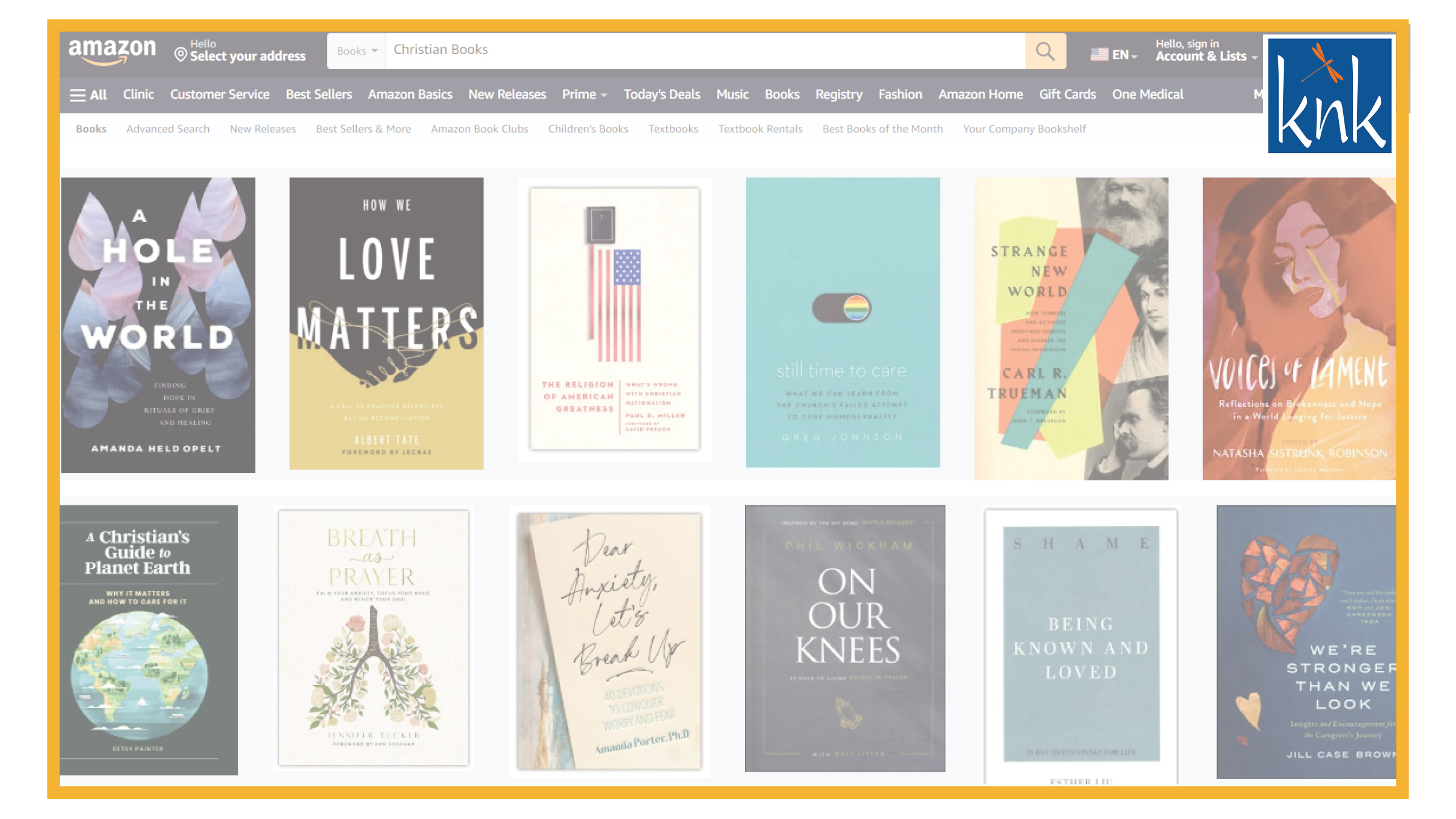Discoverability in the Age of the Thumbnail Cover
It used to be that we bought books after spending a happy hour browsing through our local Barnes and Noble. We paused only to drop into one of their comfy armchairs armed with a hot Starbucks coffee while we picked through the books under our arm for the ones we really wanted to buy. It was a very pleasant way to spend a Friday night. Even better, we would randomly fall upon a well-worn bookstore with creaky floorboards and dusty shelves, and just breathe in the love and the history. Those halcyon days seem fewer now, and we are all the poorer for it. Let us hope the indie bookstores continue to fight back.
Those Days are Mostly Gone
That is not the way we typically buy books anymore. At least, for most of us. Sure, we follow the bestseller lists in Publishers Weekly, and we are influenced by recommendations from other sources, but we buy books online. We use sites like Amazon, Book Bub, BookTok, Bookstagram and a dozen others. In my own defense, I shop at Bookshop.org and so indirectly contribute some of the profit to my local bookstore.
The reason we buy a book online is often because the book description piqued our interest, or because of the well-known author, or even the cover art or the intriguing title. All of that is, of course, a consequence of metadata – metadata in the age of the thumbnail.
And because most books are researched online, it is not surprising that the sales of a book are heavily influenced by the quality of its metadata. Publishers use metadata to specifically influence the search engine results of consumers and buyers in the book supply chain. But not all metadata is created equal. Basic metadata includes fields such as title, genre, ISBN, subject, short and long descriptions, and author, among others. All necessary stuff. Evidence suggests that of all the basic metadata, the single biggest contributor to sales success is a substantial entry in the “long description” field, much more so than the “short description’ field, for example.
The Metadata that Counts
And then there is the metadata that “really” counts, such as the author bio and valid reviews, and the associated keywords and key phrases. We are an increasingly visual society and digital images are pervasive. So, one of the first things that catches a book buyer’s eye is the thumbnail – reduced-sized versions of the front cover image, which serves to save bandwidth and download time for the artwork, and the visual search engines that feed on them. Do a quick search on “thumbnails” today, and you will find a litany of advice on how to, and how NOT to create and optimize thumbnail art to sell your book. It is an industry unto itself. And there is a whole science devoted to keyword and key phrase creation, which has become the lingua franca of internet book traffic and hence, sales.
Research by Nielsen suggests that books that meet BIC’s basic ONIX metadata standards with a cover image, record more than double the sales of books that do not meet that standard. And books that carry descriptive metadata (including short and long descriptions, author bio, reviews, and associated keywords) see average sales 65% higher than titles that do not carry the same metadata.
A Great Thumbnail
A great thumbnail can make all the difference between the book being ignored and, on the other hand, the image being clicked and pursued. It must look good and stand out on desktop AND mobile devices – what may look fine at regular size may not look so great online. Images of faces and people do well, with contrasting colors and no clickbait.
Good metadata recognizes the customer’s journey from first awareness to final purchase. It is not a single event. Alert publishers recognize this by creating layered rich metadata that can satisfy both the initial eye-catching attention from an interesting thumbnail to the deeper data, that, like a good free sample, completes the message and closes the sale. Publishers constantly update a book’s metadata, responding to new events, new reviews, new circumstances, and new demand from whatever source for the book or the genre. When Amazon detects that a book is selling well on their site, they increase the number of keywords for the book, thus tending to increase sales even further.
In today’s world of highly personalized and tailored digital marketing, the more a publisher understands the audience, the more they can tailor that metadata to align with their readers preferences. It is a self-sustaining beneficial cycle, and it is never static.
Thank you to Jeff Crosby, President and CEO of the ECPA, for his contributions to this blog.
Read additional Thought Leadership articles from the knk Blog Team here.
The knk blog team fills the knk blog with content, new posts and replies to comments.
We welcome your comments!

Leave A Comment